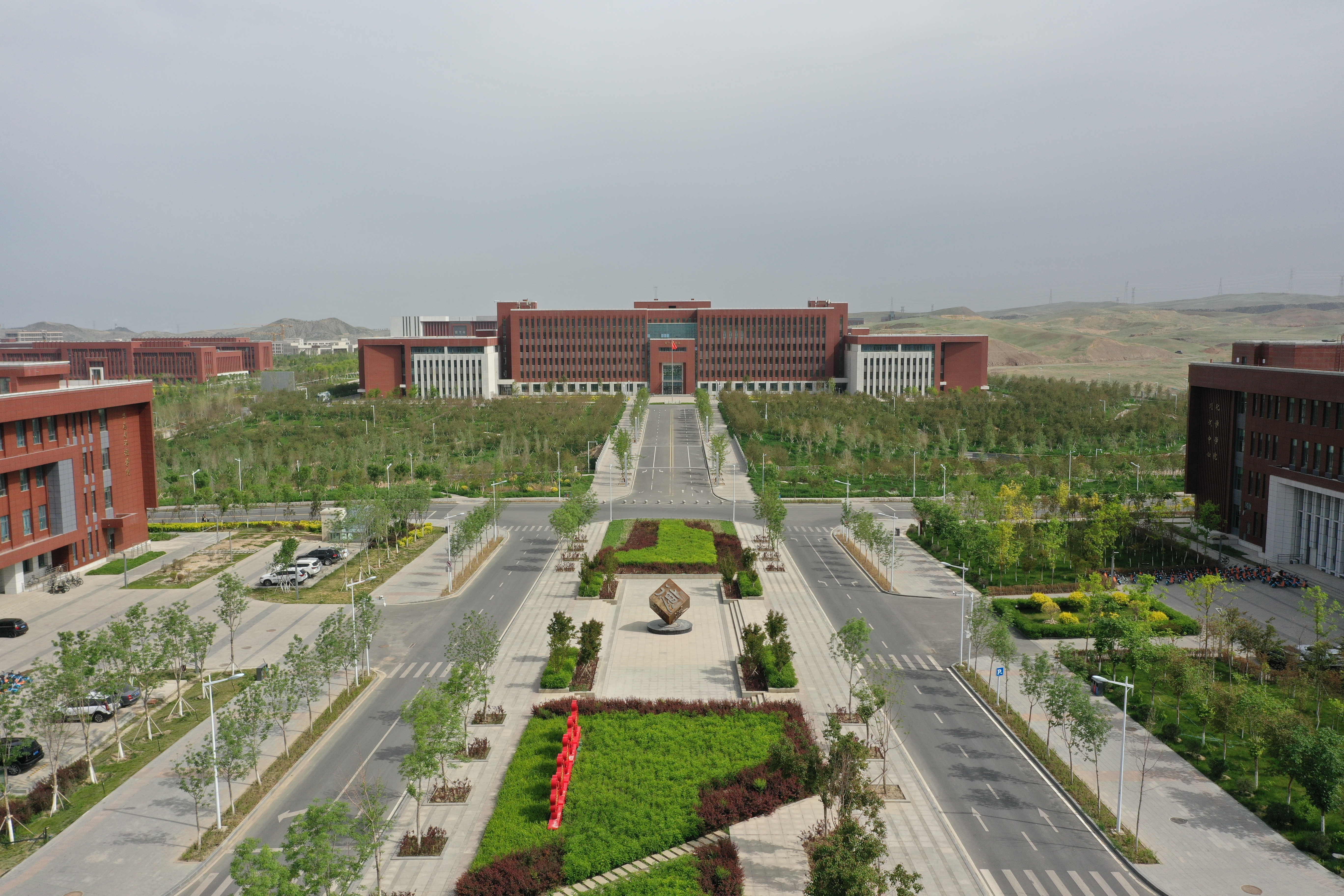米红宇
Polyanionic hydrogel electrolyte enables reversible and durable Zn anode for efficient Zn-based energy storage
Aqueous Zn-ion energy storage systems, which are expected to be integrated into intelligent electronics as a secure power supply, suffer poor reversibility of Zn anodes, predominantly associated with dendritic growth and side reactions. This study introduces a polyanionic strategy to address these formidable issues by developing a hydrogel electrolyte (PACXHE) with carboxyl groups. Notably, the carboxyl groups within the hydrogel structure establish favorable channels to promote the transport of Zn2+ ions. They also expedite the desolvation of hydrated Zn2+ ions, leading to enhanced deposition kinetics. Additionally, these functional groups confine interfacial planar diffusion and promote preferential deposition along the (002) plane of Zn, enabling a smooth surface texture of the Zn anode. This multifaceted regulation successfully achieves the suppression of Zn dendrites and side reactions, thereby enhancing the electrochemical reversibility and service life during plating/stripping cycles. Therefore, such an electrolyte demonstrates a high average Coulombic efficiency of 97.7% for 500 cycles in the Zn||Cu cell and exceptional cyclability with a duration of 480 h at 1 mA cm−2/1 mA h cm−2 in the Zn||Zn cell. Beyond that, the Zn-ion hybrid micro-capacitor employing PACXHE exhibits satisfactory cycling stability, energy density, and practicality for energy storage in flexible, intelligent electronics. The present polyanionic-based hydrogel strategy and the development of PACXHE represent significant advancements in the design of hydrogel electrolytes, paving the way for a more sustainable and efficient future in the energy storage field.
水溶液锌离子储能系统有望作为安全电源集成到智能电子设备中,但其锌阳极的可逆性较差,主要与枝晶生长和副反应有关。本研究介绍了一种聚阴离子策略,通过开发具有羧基的水凝胶电解质(PACXHE)来解决这些棘手的问题。值得注意的是,水凝胶结构中的羧基为促进Zn2+离子的运输建立了有利的通道。它们还加速了水合Zn2+离子的溶解,从而增强了沉积动力学。此外,这些官能团限制了界面平面扩散,促进了Zn(002)平面上的优先沉积,使Zn阳极表面纹理光滑。这种多方面的调控成功地抑制了Zn枝晶和副反应,从而提高了电镀/剥离循环过程中的电化学可逆性和使用寿命。因此,该电解质在Zn||Cu电池中循环500次,平均库仑效率高达97.7%,并且在Zn||Zn电池中1 mA cm−2/1 mA cm−2的循环持续时间为480 h。除此之外,采用PACXHE的锌离子混合微电容器表现出令人满意的循环稳定性、能量密度和在柔性智能电子设备中储能的实用性。目前基于聚阴离子的水凝胶策略和PACXHE的发展代表了水凝胶电解质设计的重大进步,为能源存储领域更加可持续和高效的未来铺平了道路。
文章链接:https://doi.org/10.1016/j.jechem.2023.08.008
Design and Fabrication of Hierarchical NiCoP–MOF Heterostructure with Enhanced Pseudocapacitive Properties
Metal–organic framework (MOF)-derived heterostructures possessing the merits of each component are thought to display the enhanced energy storage performance due to their synergistic effect. Herein, a functional heterostructure (NiCoP–MOF) composed of nickel/cobalt-MOF (NiCo–MOF) and phosphide (NiCoP) is designed and fabricated via the localized phosphorization of unusual lamellar brick-stacked NiCo–MOF assemblies obtained by a hydrothermal method. The experimental and computational analyses reveal that such-fabricated heterostructures possess the modulated electronic structure, abundant active sites, and hybrid crystalline feature, which is kinetically beneficial for fast electron/ion transport to enhance the charge storage capability. Examined as the supercapacitor electrode, the obtained NiCoP–MOF compared to the NiCo–MOF delivers a high capacity of 728 C g−1 (1.82 C cm−2) at 1 A g−1 with a high capacity retention of 430 C g−1 (1.08 C cm−2) when increasing the current density to 20 A g−1. Importantly, the assembled solid-state NiCoP–MOF-based hybrid supercapacitor displays superior properties regarding the capacity (226.3 C g−1), energy density (50.3 Wh kg−1), and durability (≈100% capacity retention over 10 000 cycles). This in situ heterogenization approach sheds light on the electronic structure modulation while maintaining the well-defined porosity and morphology, holding promise for designing MOF-based derivatives for high performance energy storage devices.
金属-有机框架(MOF)衍生的异质结构兼具各组分的优点,在各组分协同作用效应下,MOF衍生异质结构表现出增强的储能性能。本文设计并制备了由镍/钴-MOF(NiCo-MOF)和磷化物(NiCoP)组成的功能异质结构(NiCoP-MOF),该异质结构是通过对水热法制得的层状砖状堆积型NiCo-MOF的局部磷化实现的。实验和计算分析表明,所制备的异质结构具有优化的电子结构、丰富的活性位点和混合晶体特征,这些结构优势有利于电子/离子的快速传输,从而增强异质结构的电荷存储能力。将NiCoP-MOF组装成超级电容器并测试其电化学性能,结果显示NiCoP-MOF在1 A g–1时展现出728 C g–1(1.82 C cm–2)的高比容量;当电流密度增加到20 A g–1时,仍具有430 C g–1(1.08 C cm–2)的高容量保持率。此外,组装的固态NiCoP-MOF基混合超级电容器在比容量(226.3 C·g–1)、能量密度(50.3 Wh·kg–1)和耐久性(10000次循环后容量保持率为100%)方面表现出优异的性能。这种原位异质化方法揭示对材料电子结构、孔隙率和形貌的调控作用,为设计具有高性能储能器件用MOF基衍生物提供了指导。
文章链接:https://doi.org/10.1002/smll.202100353
